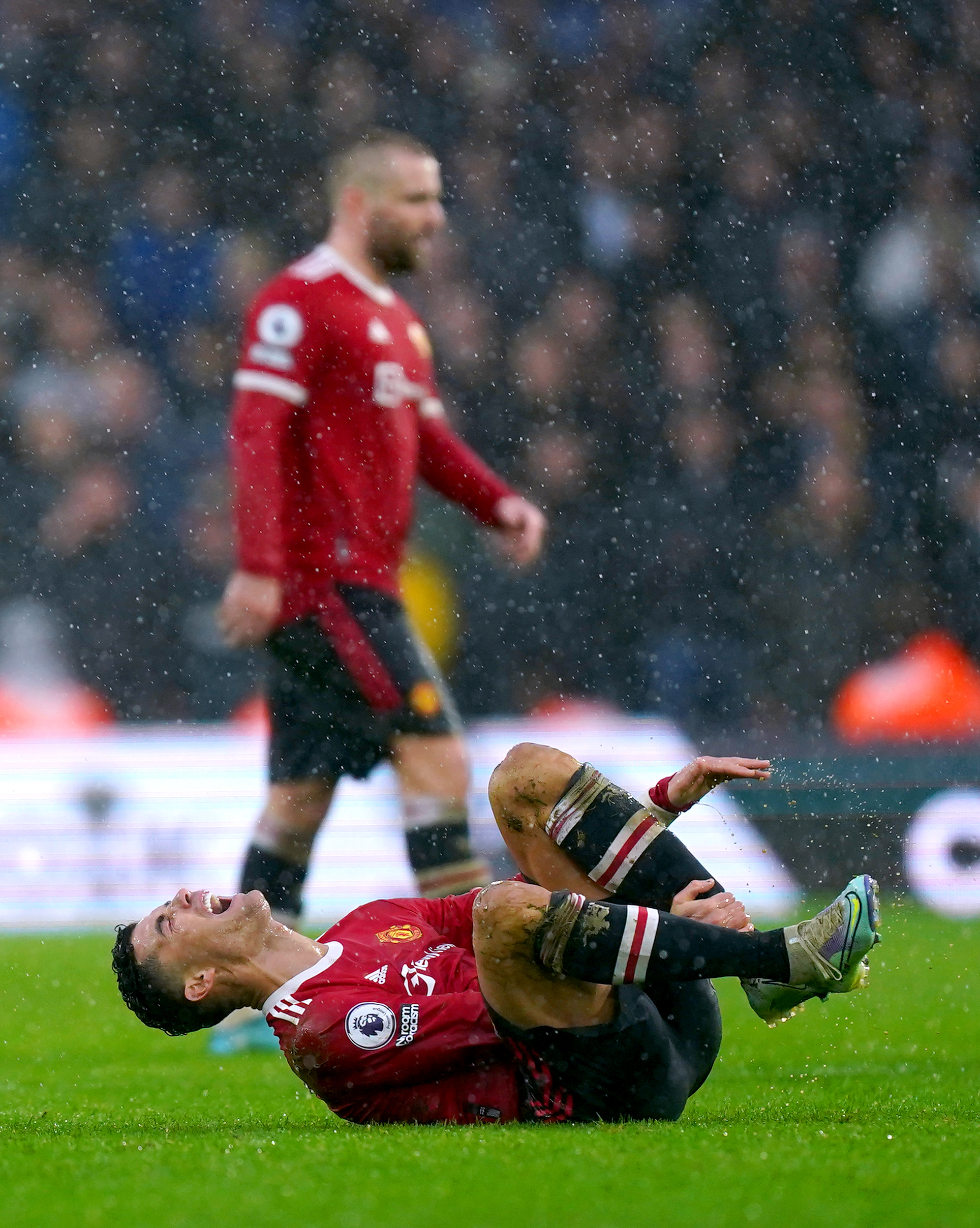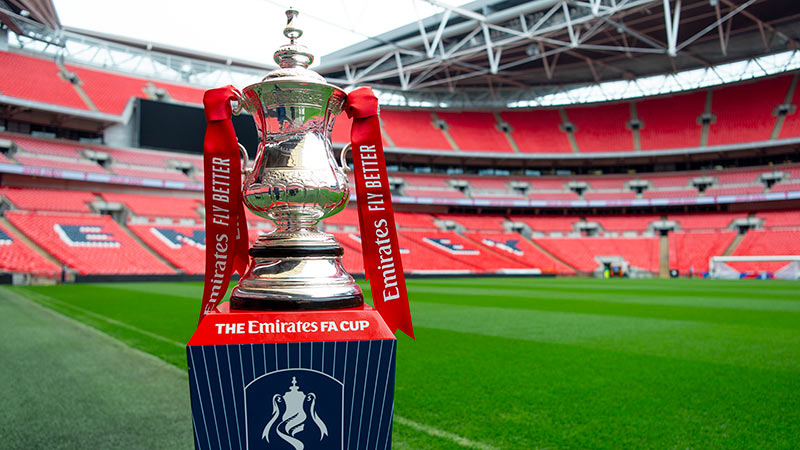Europe’s top clubs paid record-high price for injuries last season – study

Europe’s top clubs paid a record-high price for injuries to their stars last season, according to a new study.
Injury costs for clubs in the continent’s ‘Big Five’ leagues in the 2021-22 campaign were £513.23m, a leap of 29 per cent compared to the season before, international insurance brokers Howden said.
Injuries themselves were up by 20 per cent on the season before, with 4,810 recorded in all.
The data’s publication comes at a time when the future international calendars for men’s and women’s football are being debated, with world players’ union FIFPRO insistent that structures must be put in place to protect player workload.
Howden calculates injury cost by multiplying the cost per day of a player – using base salary data from Sporting Intelligence – by the number of days they were unavailable due to injury.
The Premier League had the highest injury cost count of any of the top five divisions at £184.57m, with LaLiga in Spain a distant second on £109.34m.
Injuries in the Premier League were up to 1,231 in 2021-22 compared to 938 the season before.
Get FourFourTwo Newsletter
The best features, fun and footballing quizzes, straight to your inbox every week.
Chelsea topped England’s injury count with 97, Manchester United were second with 81 and Liverpool – who progressed to the end of every competition they entered last season – had 80.

United recorded the highest injury cost of £26.72m, an average cost per injury of £330,000 and accounting for 14.5 per cent of the total injury cost for the Premier League as a whole.
French champions Paris St Germain – whose star names include Kylian Mbappe, Neymar and Lionel Messi, had the highest injury cost of any club in Europe – £34.22m.
Europe’s men’s club competitions are set to expand from 2024-25 onwards, meaning an extra 64 matches in the Champions League in total.
James Burrows, the head of sport at Howden, says Europe’s superpower clubs cannot simply buy their way out of the problem by increasing squad size unless regulations change.
“Dealing with the risk will involve more rotation of playing squad members and potentially seeking adjustments to the number and frequency of games that players need to play in,” he said.
“We may also see an increased focus on the use of younger players given that they are typically more resilient to injury and tend to recover more quickly.”
This is a trend that is perhaps already emerging, with Howden observing a sharp increase in the number of injuries being sustained by the under-21 age group, from 30 occurrences in the 2018-19 season to 326 in 2021-22.

Premier League clubs are understood to be unanimous in wanting their league’s board to formally request that the Football Association scraps FA Cup third and fourth-round replays from the same season, while the PA news agency also understands the league’s ‘Big Six’ clubs are in favour of allowing clubs competing in Europe to drop out of the Carabao Cup or enter an under-21 side.
At the global level, FIFPRO wants the new calendars to enshrine four or five-week off-season breaks away from the club and national team environment for all players and a similar mid-season break of one to two weeks.
It also believes there should be a cap on the number of back-to-back matches – appearances of 45 minutes or more less than five days apart – a player can play in. FIFPRO says a higher number of appearances in this ‘critical zone’ increase the risk of injury and can also impact on a player’s career longevity.
